2 brigades (~8000) 1 brigade (~4000) Date 2 July 1861 | 23 91 | |
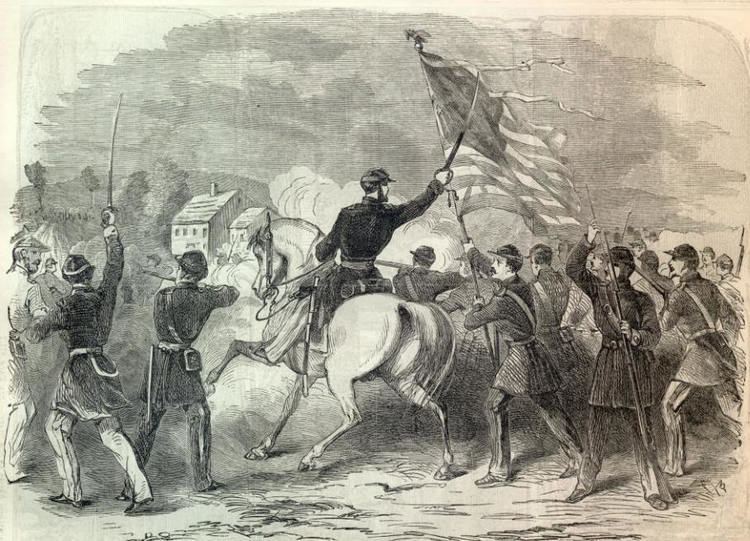 | ||
Similar American Civil War, Battle of Blackburn's Ford, Battle of Kessler's Cross La, Manassas Campaign, Battle of Williamsport | ||
Battle of hoke s run
The Battle of Hoke's Run, also known as the Battle of Falling Waters or Hainesville, took place on July 2, 1861, in Berkeley County, Virginia (now West Virginia) as part of the Manassas Campaign of the American Civil War. Notable as an early engagement of Confederate Colonel Thomas J. Jackson and his Brigade of Virginia Volunteers, nineteen days before their famous nickname would originate, this brief skirmish was hailed by both sides as a stern lesson to the other. Acting precisely upon the orders of a superior officer about how to operate in the face of superior numbers, Jackson's forces resisted General Robert Patterson's Union forces briefly and then slowly retreated over several miles.
Contents
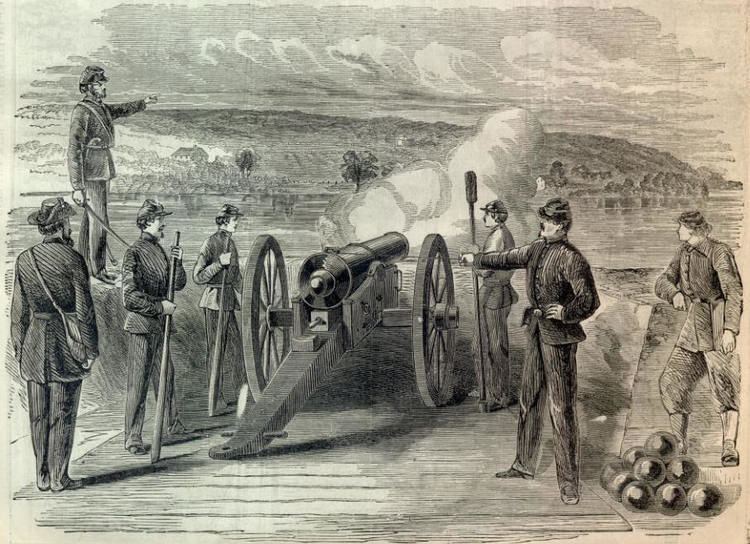
==The battle the juicy part of the battle
On July 2, Maj. Gen. Robert Patterson's division crossed the Potomac River near Williamsport, Maryland and marched on the main road to Martinsburg. Near Hoke's Run, the Union brigades of Cols. John J. Abercrombie and George H. Thomas encountered regiments of Col. Thomas J. Jackson's Confederate brigade, driving them back slowly. Jackson accomplished his orders to delay the Federal advance, withdrawing before Patterson's larger force.
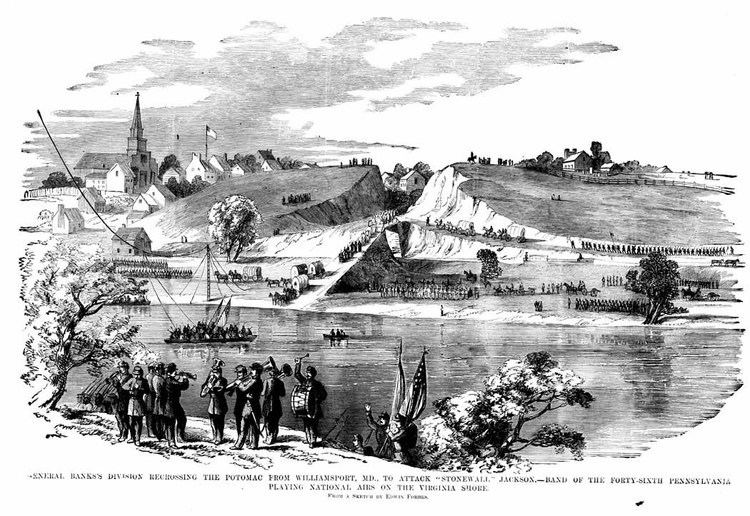
Confederate Order of Battle
The following Confederate Army units and commanders fought in the Battle of Hoke's Run. The Union order of battle is shown separately.
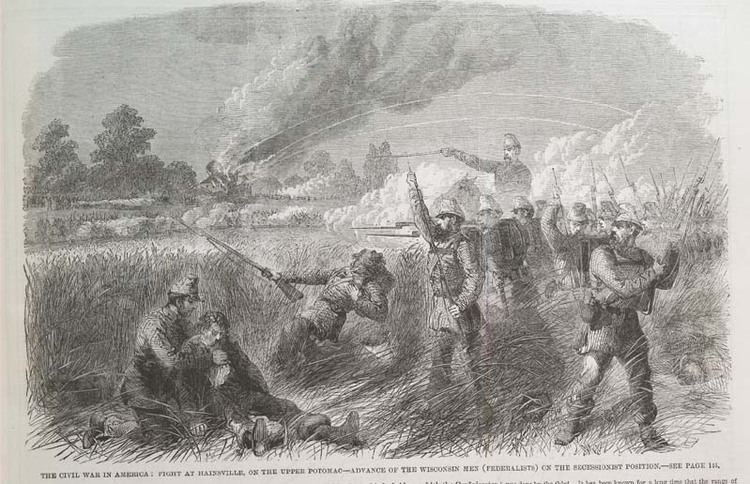
Military rank
Army of the Shenandoah
Casualties

Figures vary. The National Park Service quotes Union as 23 and Confederate as 91 (without differentiating types of casualties). Kennedy cites 75 Union deaths and 25 Confederate deaths. In his Official Report, Major-General Robert Patterson states the number of Confederate deaths as "over sixty" but does not describe Union casualties. One Confederate battle flag was captured by the First Wisconsin, but the surrendering Confederate regiment is not identified.
After the time for propagandizing the casualty figures ended, the following Union regiments precisely reported the sacrifices of their comrades-in-arms:
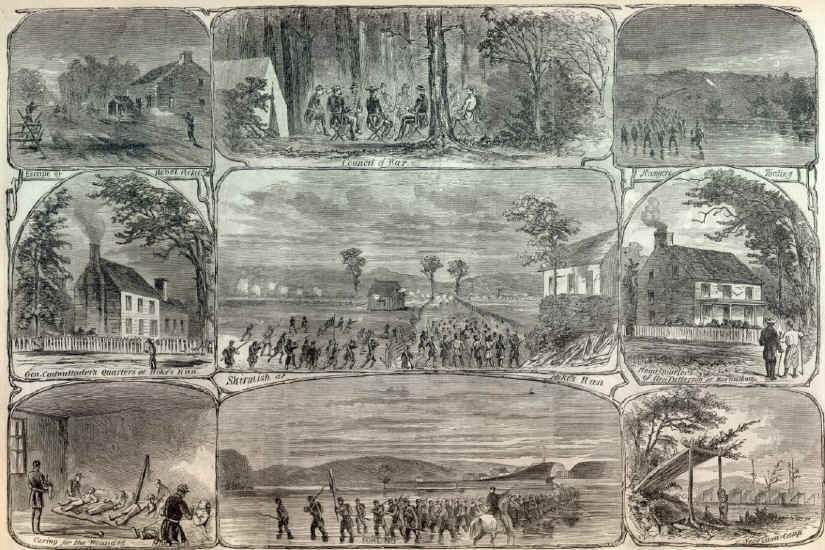
Aftermath
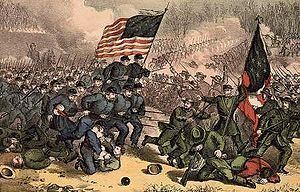
On July 3, Patterson occupied Martinsburg, but made no further aggressive moves until July 15, when he marched to Bunker Hill. Instead of moving on Winchester, however, Patterson turned east to Charles Town and then withdrew to Harpers Ferry.
Patterson's retrograde movement took pressure off Confederate forces in the Shenandoah Valley and allowed Brig. Gen. Joseph E. Johnston's Army of the Shenandoah to march to support Brig. Gen. P.G.T. Beauregard at Manassas Junction. Following the stunning Union defeat at the First Battle of Bull Run on July 21, the Union commander at Hoke's Run, General Robert Patterson, was assigned popular blame without participating while the Confederate commander at Hoke's Run was assigned glory for his actions during the first major battle of the War; thereafter, the two commanders and two engagements, one a brief skirmish and the other a major battle, cannot be uncoupled in retroanalysis.
